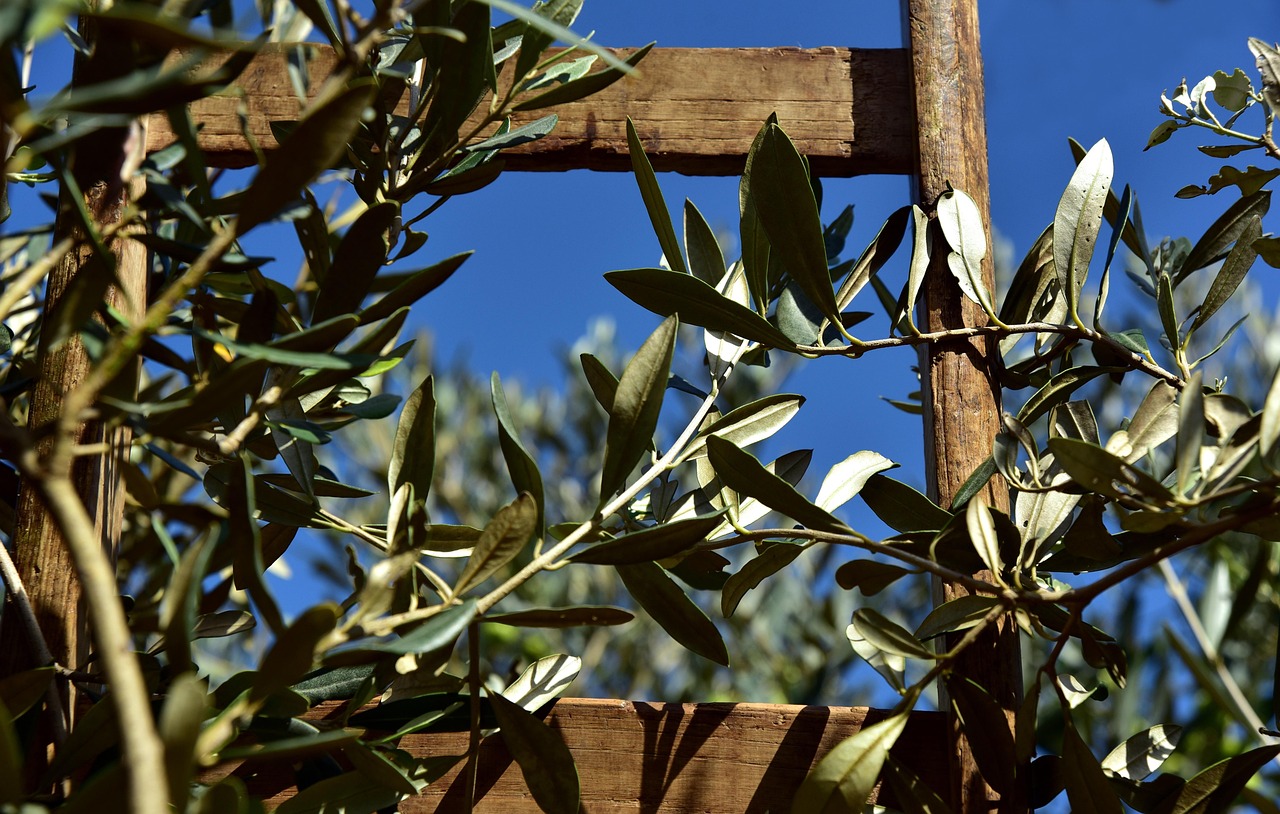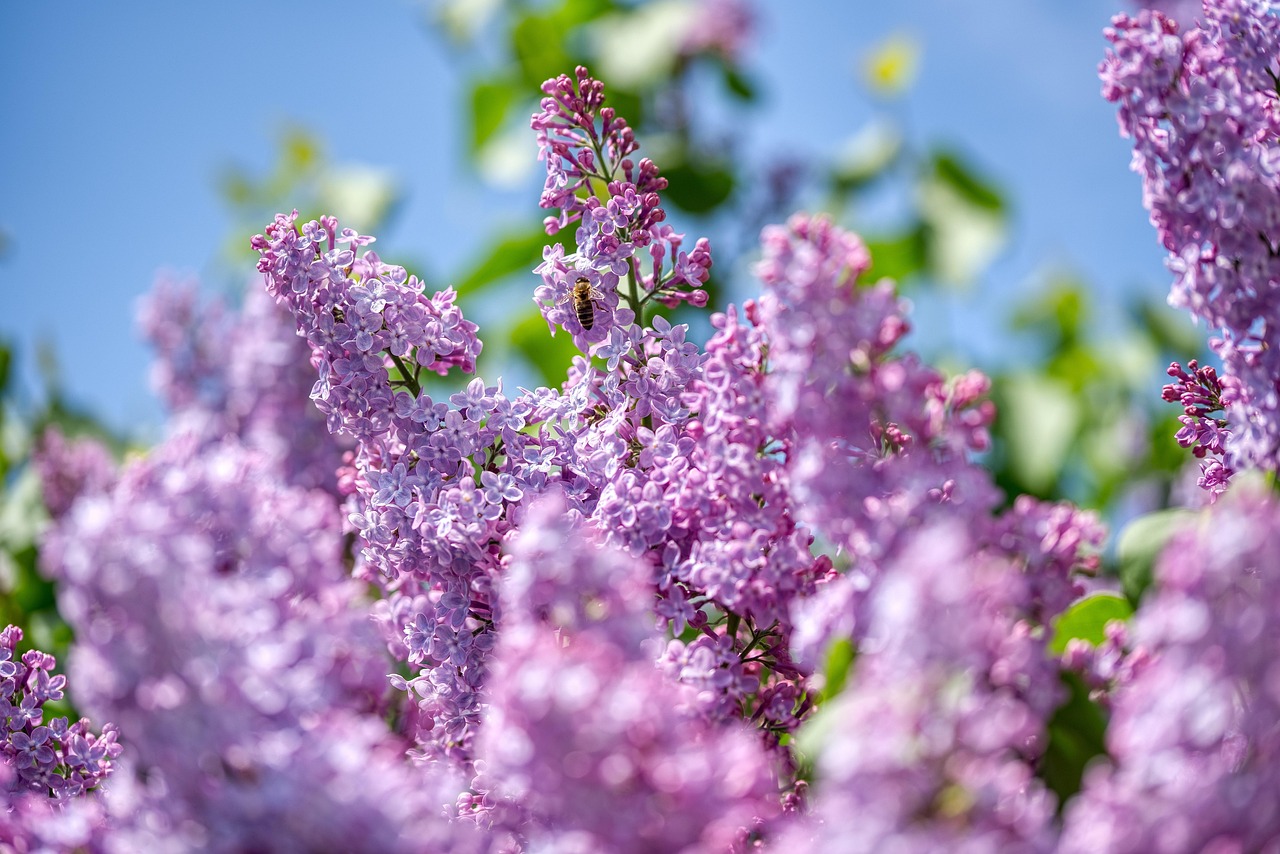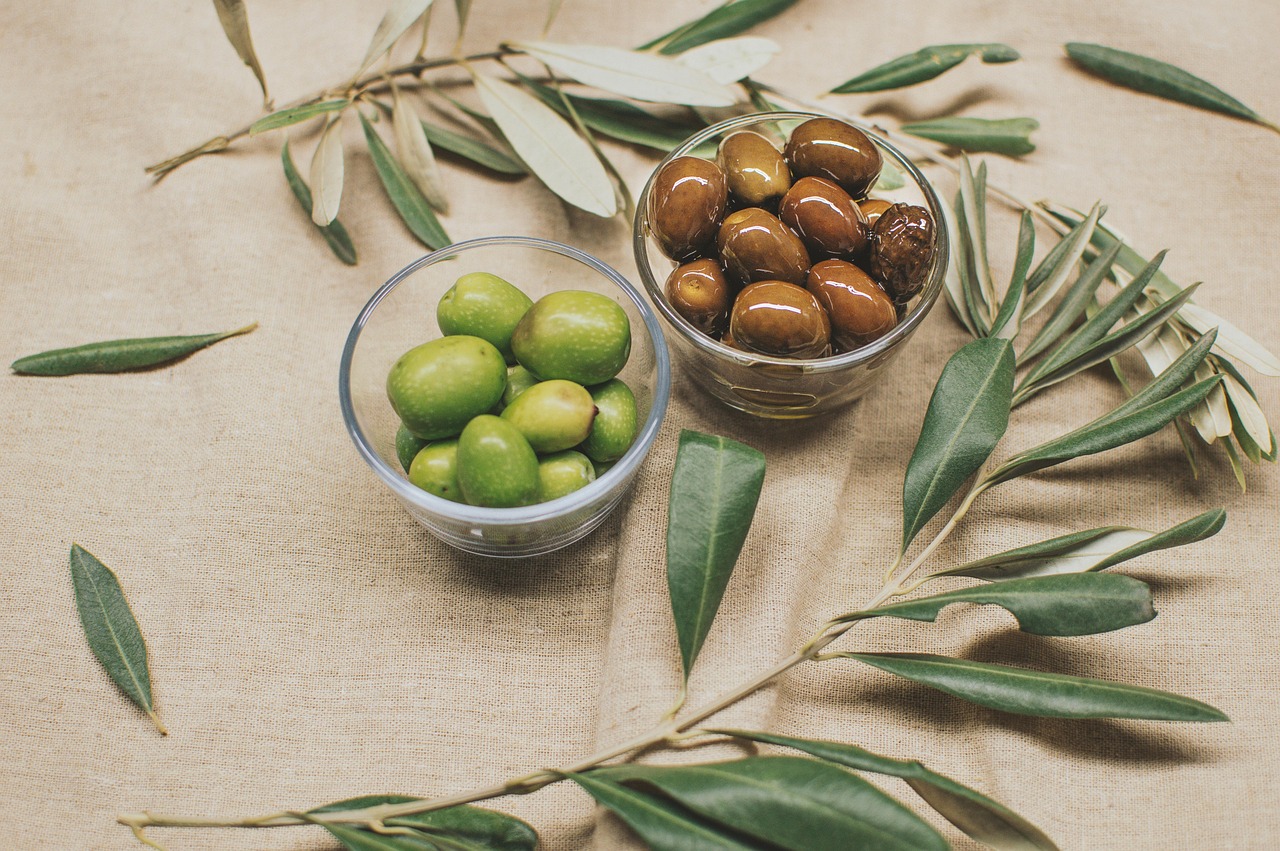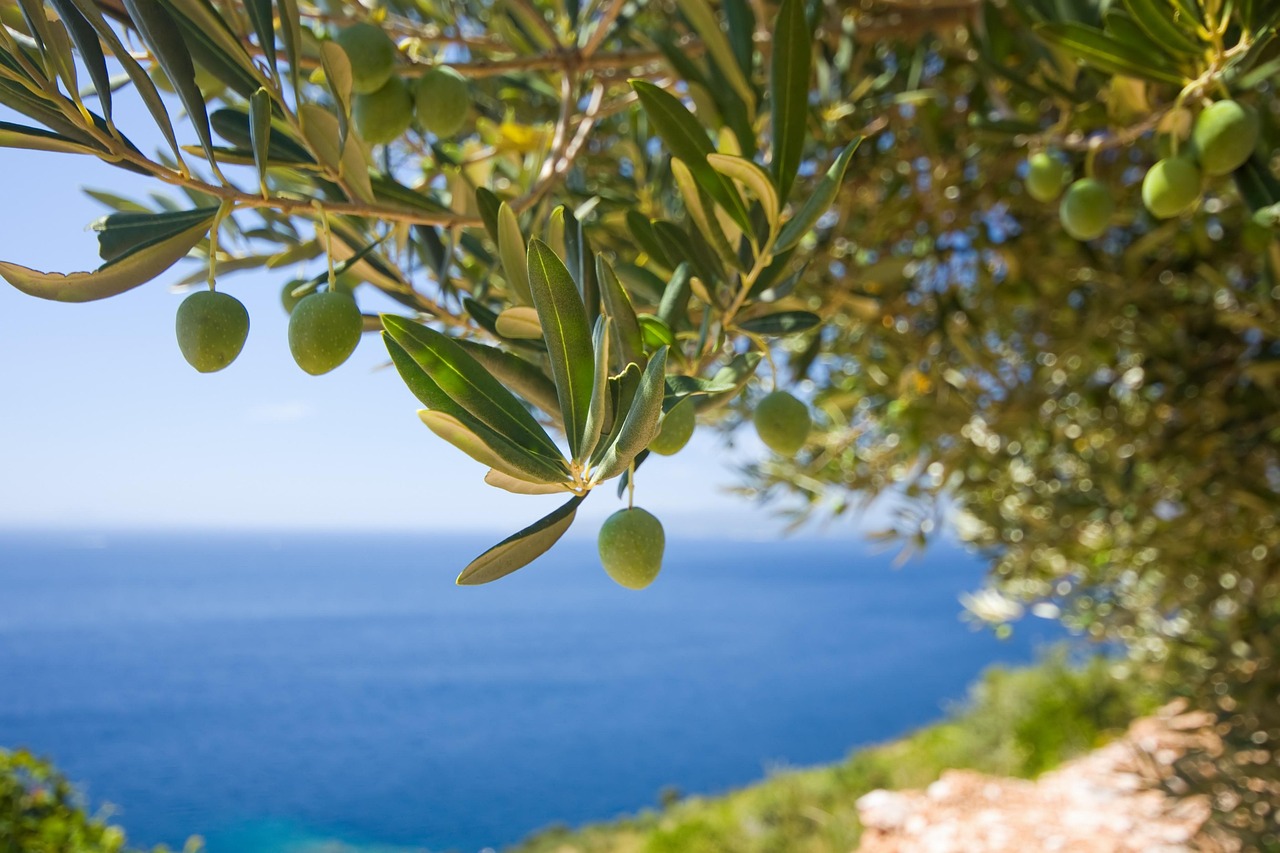The Arbequina olive tree typically grows at a moderate rate in Mediterranean settings, reaching maturity within 3 to 5 years. Under optimal conditions, these trees can grow between 12 to 24 inches annually.
Understanding the Arbequina Olive Tree
The Arbequina olive tree is renowned for its adaptability and high-quality fruit. Native to the region of Catalonia in Spain, it has gained popularity worldwide due to its excellent oil production and resilience. In Mediterranean climates, characterized by hot, dry summers and mild, wet winters, the Arbequina thrives remarkably well.

This tree variety is particularly valued for its small, flavorful olives, which are used primarily for oil extraction. The oil produced from Arbequina olives is known for its fruity flavor and low acidity, making it a favorite among chefs and home cooks alike.
The growth rate of the Arbequina olive tree can be influenced by several factors, including soil type, water availability, and climatic conditions. Understanding these factors is crucial for anyone looking to cultivate this tree successfully.
Growth Factors for Arbequina Olive Trees
Several key factors can significantly affect the growth rate of Arbequina olive trees in Mediterranean settings:

- Soil Type: Well-draining soils are essential. Clay and sandy loams are ideal as they retain moisture without becoming waterlogged.
- Watering Practices: While olive trees are drought-resistant, they benefit from regular watering during dry spells, especially in their initial growth stages.
- Sunlight: Full sunlight exposure is crucial. These trees require at least 6 hours of direct sun daily to thrive.
- Temperature: The optimal temperature range for growth is between 60°F and 80°F. Extreme cold can damage young trees.
Growth Rate Overview
The growth rate of an Arbequina olive tree can vary based on the conditions mentioned earlier. Typically, young trees grow slowly in their initial years as they establish their root systems. Once established, their growth rate can accelerate.
Here is a general overview of the growth stages:
| Age of Tree | Height Growth (inches per year) | Time to Maturity (years) |
|---|---|---|
| 1 Year | 6 – 12 | 3 – 5 |
| 2 Years | 12 – 18 | 3 – 5 |
| 3-5 Years | 12 – 24 | Mature |
As shown in the table, the Arbequina olive tree can reach a height of 5 to 10 feet within just a few years under optimal conditions. This rapid growth allows for early fruiting, which is one of the reasons why farmers prefer this variety.

Environmental Adaptability
The adaptability of the Arbequina olive tree is another reason for its success in Mediterranean regions. These trees are tolerant of drought, making them suitable for areas with low rainfall. However, during dry spells, supplemental irrigation can enhance their growth and fruit yield.
In addition to drought tolerance, Arbequina olive trees are resilient against various pests and diseases. This resilience contributes to lower maintenance costs compared to other olive varieties.
Overall, understanding the growth rate and requirements of the Arbequina olive tree can lead to successful cultivation in Mediterranean settings. With proper care and attention, these trees can flourish and provide bountiful harvests for many years.
Planting and Care Techniques
To ensure optimal growth of the Arbequina olive tree in Mediterranean settings, proper planting and care techniques are essential. These practices can significantly influence the tree’s health, growth rate, and overall productivity. Below are some recommended techniques for planting and maintaining these trees.

Site Selection
Choosing the right location for planting is crucial. The ideal site should have:
- Full Sunlight: Select a location that receives at least 6 hours of sunlight daily.
- Good Drainage: Avoid low-lying areas where water can accumulate.
- Protection from Wind: If possible, plant near natural windbreaks to protect young trees.
Soil Preparation
Soil preparation is vital for establishing healthy trees. Here are steps to take before planting:
- Soil Testing: Conduct a soil test to determine pH and nutrient levels. Arbequina olive trees prefer a pH between 6 and 8.
- Amendments: Based on soil test results, amend the soil with organic matter, such as compost, to enhance fertility and drainage.
- Tilling: Till the soil to a depth of at least 12 inches to improve aeration and root penetration.
Planting Process
The planting process involves several steps to ensure successful establishment:
- Select Healthy Saplings: Choose disease-free saplings from reputable nurseries.
- Digging the Hole: Dig a hole twice as wide and as deep as the root ball of the sapling.
- Planting Depth: Place the sapling in the hole so that the root collar is level with the soil surface.
- Backfill: Fill the hole with soil, gently tamping it down to eliminate air pockets.
- Watering: Water thoroughly after planting to help settle the soil around the roots.
Irrigation Practices
Irrigation is critical for young Arbequina olive trees, especially during dry periods. Proper watering practices can enhance growth rates and fruit production. Here are some irrigation tips:
- Initial Watering: Water newly planted trees every week for the first two years, ensuring the soil remains moist but not soggy.
- Drip Irrigation: Consider using a drip irrigation system to provide consistent moisture directly to the root zone.
- Watering Schedule: Adjust your watering schedule based on rainfall and temperature. Deep watering less frequently is often more beneficial than shallow watering more often.
Nutrient Management
Nutrient management is essential for promoting healthy growth in Arbequina olive trees. Regular fertilization can enhance leaf and fruit development. Here are some guidelines for nutrient management:
- Fertilizer Type: Use a balanced fertilizer with equal parts nitrogen, phosphorus, and potassium (N-P-K). A 10-10-10 or similar formulation works well.
- Timing: Apply fertilizer in early spring before new growth begins and again in late summer to support fruit development.
- Organic Options: Consider organic fertilizers or compost for a more sustainable approach to nutrient management.
Pest and Disease Control
Although Arbequina olive trees are resilient, they can still be susceptible to certain pests and diseases. Understanding how to manage these threats is crucial for maintaining tree health. Common pests include:
- Olive Fruit Fly: This pest can damage olives, leading to reduced yields. Traps can be used to monitor and control populations.
- Scale Insects: These insects feed on sap and can weaken trees. Horticultural oils can help manage infestations.
- Root Rot: Ensure proper drainage to prevent this disease caused by overwatering or poorly drained soils.
A proactive approach to pest and disease management will help ensure a healthy crop of olives from your Arbequina trees. Regular inspections and timely interventions will keep your trees thriving in Mediterranean settings.
Harvesting Arbequina Olives
Harvesting is a critical phase in the cultivation of Arbequina olive trees. Timing and technique can greatly influence the quality and quantity of the olives produced. Proper harvesting methods ensure that the olives are picked at their peak ripeness, which is essential for producing high-quality olive oil.
Harvest Timing
The timing of the harvest is vital. Typically, Arbequina olives are ready for harvest between late September and early November. The exact timing can depend on:
- Color Change: Olives change color from green to a dark purple as they ripen. Monitoring this change is key to determining the right harvest time.
- Oil Content: Testing the oil content can also help gauge readiness. Olives are generally harvested when they reach an oil content of around 15 to 20%.
- Fruit Drop: If olives begin to drop from the tree, this can indicate that they are ripe and should be harvested soon.
Harvesting Techniques
There are several methods for harvesting Arbequina olives, each with its advantages and disadvantages. The most common techniques include:
- Hand-Picking: This method is labor-intensive but allows for selective harvesting. Workers can choose only the ripe olives, minimizing damage to the tree and unripe fruit.
- Mechanical Harvesters: For larger orchards, mechanical harvesters can be efficient. These machines shake the branches, causing olives to fall onto padded mats for easy collection.
- Raking: This involves using handheld rakes to gently pull olives from branches. It strikes a balance between hand-picking and mechanical harvesting but requires careful technique to avoid damaging the tree.
Post-Harvest Processing
Once harvested, the quality of the olives depends significantly on how they are processed. Prompt processing is crucial to prevent spoilage and maintain flavor integrity.
Immediate Processing
After harvesting, olives should be processed as soon as possible. The following steps outline effective post-harvest processing:
- Cleaning: Remove leaves, twigs, and other debris from the harvested olives. This step is vital to ensure high-quality oil extraction.
- Washing: Gently wash the olives in clean water to remove dirt and pesticides.
- Milling: The cleaned olives should be milled within 24 hours of harvest. Milling breaks down the fruit and releases the oil.
Oil Extraction Methods
The extraction method used can affect the flavor and quality of the olive oil. Common extraction techniques include:
| Extraction Method | Description | Advantages |
|---|---|---|
| Cold Pressing | This method uses mechanical pressure without heat to extract oil. | Presents higher quality oil with better flavor and nutritional value. |
| Centrifugation | This technique uses centrifugal force to separate oil from water and solids. | Efficient and quick, often yielding a clean product. |
| Traditional Pressing | This involves crushing olives with stone or metal presses. | Can produce distinct flavors but is less common due to labor intensity. |
Storing Olive Oil
Proper storage of olive oil is essential for maintaining its quality over time. Factors such as light, temperature, and exposure to air can significantly affect the oil’s shelf life.
- Dark Containers: Store olive oil in dark glass or stainless steel containers to protect it from light.
- Cooled Environment: Keep the oil in a cool, dark place, ideally at temperatures between 60°F and 75°F.
- Airtight Seal: Ensure that containers are sealed tightly to minimize exposure to air, which can lead to oxidation and rancidity.
By following these guidelines for harvesting and post-harvest processing, growers can optimize the quality of their Arbequina olives and produce high-quality olive oil that reflects the unique characteristics of their Mediterranean environment.
Economic Considerations of Arbequina Olive Cultivation
Growing Arbequina olives can be a profitable venture, especially in Mediterranean climates where conditions are ideal. However, growers must consider several economic factors to make informed decisions. Understanding these aspects can help optimize yield and profitability.
Initial Investment
The initial investment for establishing an Arbequina olive orchard includes costs related to:
- Land Preparation: Costs for soil testing, amendments, and land clearing.
- Planting Material: Purchasing healthy saplings from reputable nurseries.
- Irrigation Systems: Installing efficient irrigation systems, such as drip irrigation, to ensure optimal growth.
- Labor: Hiring labor for planting, maintenance, and harvesting activities.
Operational Costs
Once established, operational costs must be taken into account. These may include:
- Maintenance: Regular pruning, fertilization, and pest control measures.
- Watering: Costs associated with irrigation during dry periods.
- Harvesting Costs: Labor or equipment costs for picking olives and processing them after harvest.
Market Trends and Profitability
The market for olive oil and olives continues to grow as consumers become more health-conscious and seek high-quality products. The Arbequina olive variety is particularly desirable due to its unique flavor profile. Factors influencing market trends include:
- Demand for Quality: Consumers are willing to pay a premium for high-quality extra virgin olive oil.
- Organic Certification: Organic Arbequina olives can fetch higher prices in the market.
- Diverse Uses: Besides oil production, Arbequina olives are also popular in gourmet food products, which broadens market opportunities.
Sustainability Practices in Olive Farming
Sustainability is becoming increasingly important in agriculture, including olive farming. Adopting sustainable practices not only benefits the environment but can also enhance the long-term viability of olive production. Some sustainable practices include:
- Water Conservation: Implementing efficient watering systems to reduce water usage.
- Soil Health: Using cover crops and organic fertilizers to improve soil health and reduce erosion.
- Pest Management: Utilizing integrated pest management (IPM) techniques to minimize chemical use while controlling pests effectively.
Cultural Significance of Olive Trees
The cultural significance of olive trees extends beyond their agricultural value. In Mediterranean societies, olive trees symbolize peace, prosperity, and connection to the land. They are often featured in literature, art, and religious texts. The cultivation of olives is deeply rooted in tradition and local practices, adding another layer of value to the Arbequina olive tree.
Conclusion
The Arbequina olive tree is a remarkable variety that thrives in Mediterranean settings. With its moderate growth rate, adaptability, and high-quality fruit, it has become a favorite among growers and consumers alike. Understanding the factors that influence its growth, from planting techniques to post-harvest processing, is essential for maximizing yield and quality.
The economic considerations of cultivating Arbequina olives reveal a promising opportunity for farmers willing to invest in sustainable practices. As demand for high-quality olive oil continues to rise, the potential for profitability remains strong. With proper care and management, the Arbequina olive tree can yield fruitful harvests for years to come, contributing not only to local economies but also to the rich cultural heritage of the Mediterranean region.
In summary, whether you are a home gardener or a commercial farmer, embracing the cultivation of Arbequina olives offers a rewarding experience that connects you with nature while promoting sustainability and health.
